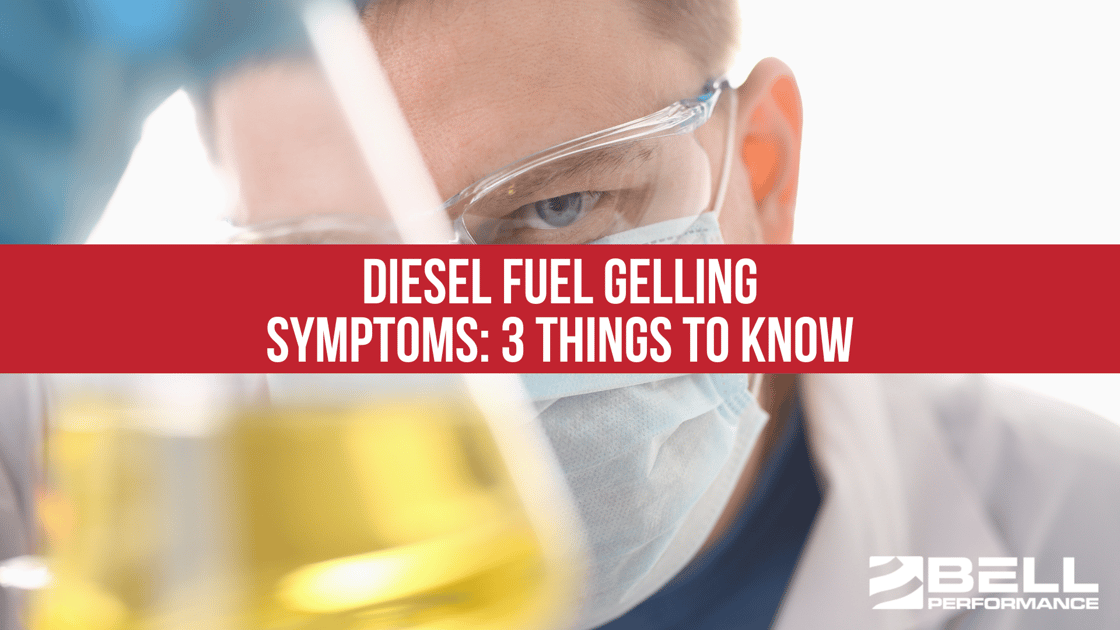Budget Busters For Municipalities - Cold Flow Problems
As winter approaches, we’re reminded how challenging cold weather can be for local and private organizations that rely on stored fuel—city and county...

Diesel fuel gels in cold weather because its paraffin wax components get less and less soluble as the temperatures drop. As more of it "drops out" of the fuel, the resulting crystals stick together, grow larger, and eventually create a "web" that thickens and gels the fuel.
The temperature that this starts to happen at depends on the composition of the fuel. Generally, the paraffins start to drop out when temperatures drop below the diesel fuel cloud point temperature, which normally hovers around 17-20 degrees F.
What are the typical fuel-gelling symptoms?
This is the big one. The diesel fuel has gelled in the fuel lines, with wax settling in the lines and collecting in the fuel filter, choking off the fuel flow to where it needs to be. If fuel can't pass through the fuel filter, the engine isn't going to crank.
Some truck drivers tell of filling up with diesel fuel in wintertime and forgetting to put anti-gel treatment in the fuel. They get out on the road and find their truck is sluggish at best, and can't even accelerate properly.
In that scenario, something is preventing the right amount of fuel from getting to where it's supposed to be. They will check their gauges (in common rail systems) and see a big difference between the Desired Fuel Rail pressure and the Actual Rail pressure when accelerating. The two figures will be closer when cruising, but when they step on the accelerator, the Desired pressure can spike up to 180 MPa, but the Actual pressure stays lower, around 30-50 MPa.
This kind of pressure, in cold temperatures, is most likely the result of fuel gelling in action.
Black smoke and poor mileage are *not* symptoms of gelled fuel. Black smoke is an indication there's an imbalance in the proper ratio of fuel and air that the engine uses to run as it is designed to. Black smoke typically indicates there's too much fuel and not enough air in the mix being burned. This would not be due to fuel gelling but can be due to dirty injectors or some other kind of injection problem. They're also both issues that warrant your attention.
As winter approaches, we’re reminded how challenging cold weather can be for local and private organizations that rely on stored fuel—city and county...
When temperatures plummet, your diesel fuel faces a silent threat that can stop your engine cold. Whether you're managing a fleet of trucks,...
There's a lot we don't know about Santa's operation. How does he fit down chimneys? What's the deal with the elves' union contract? But one thing we...